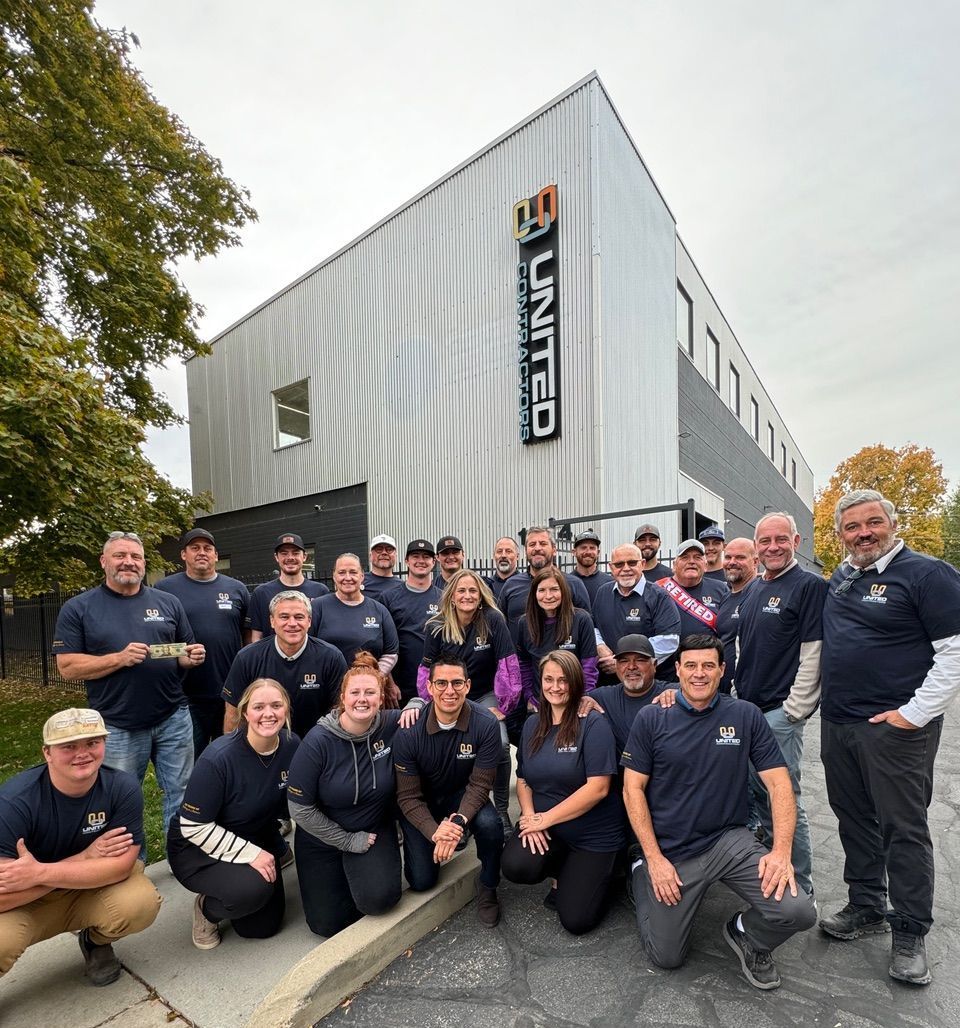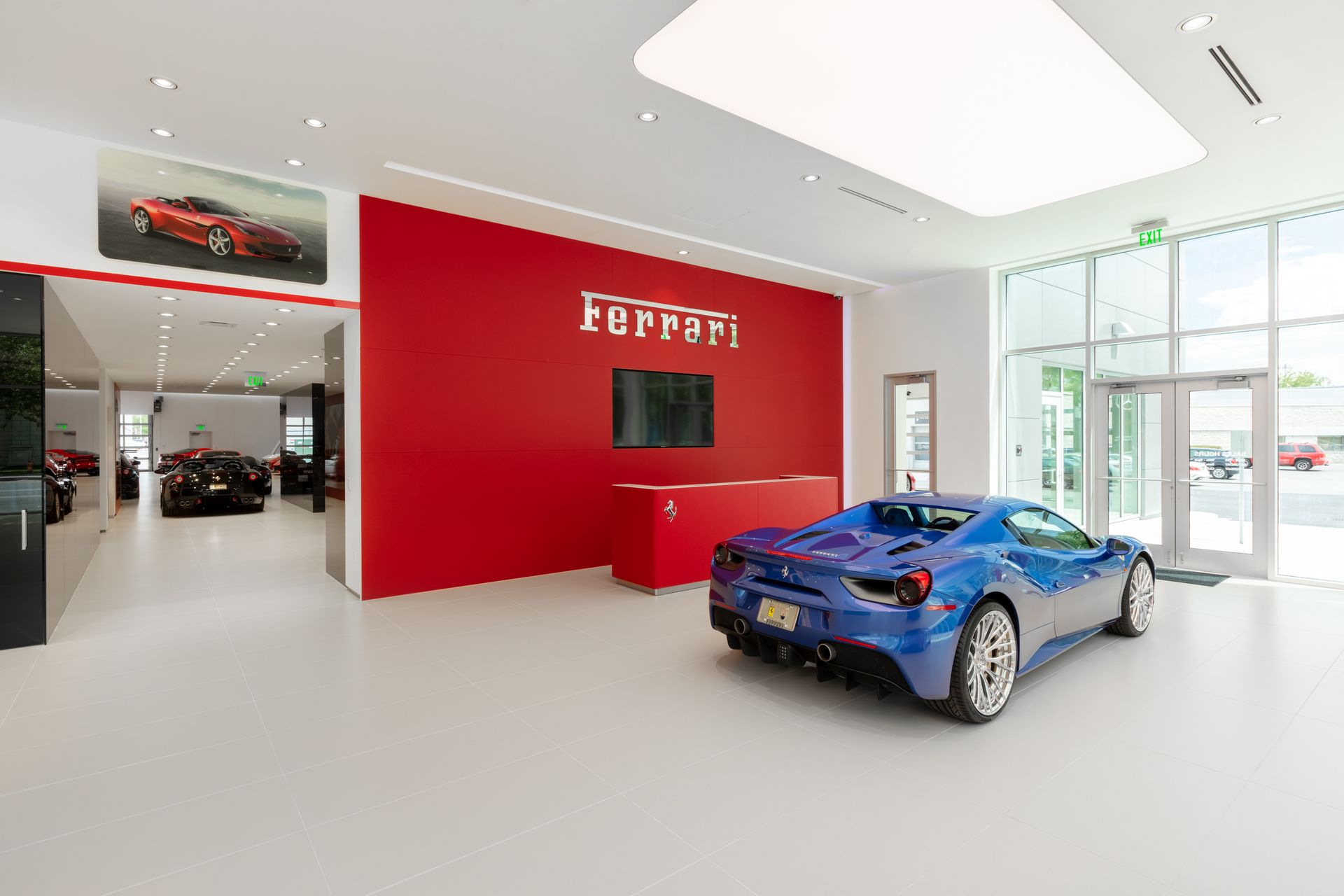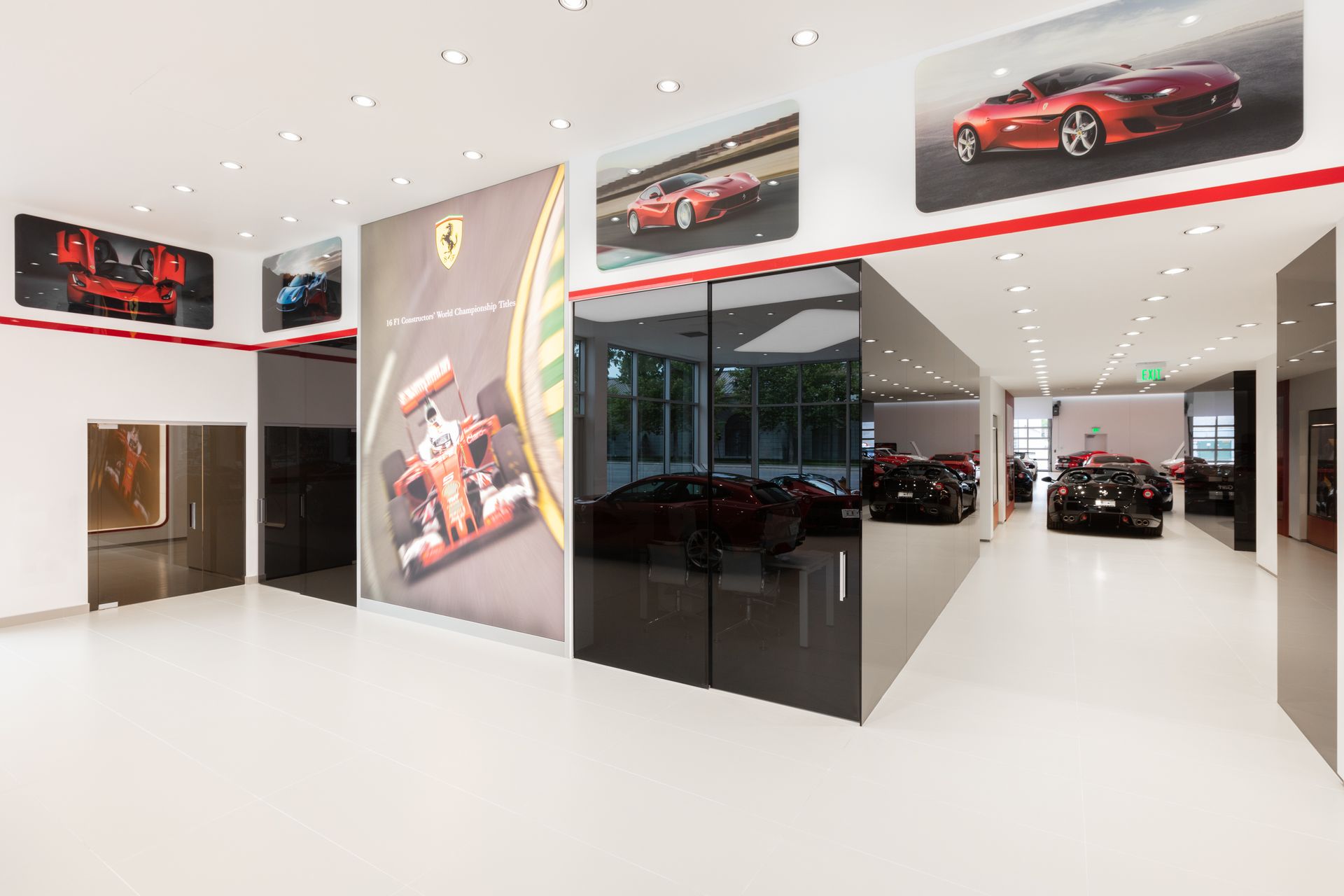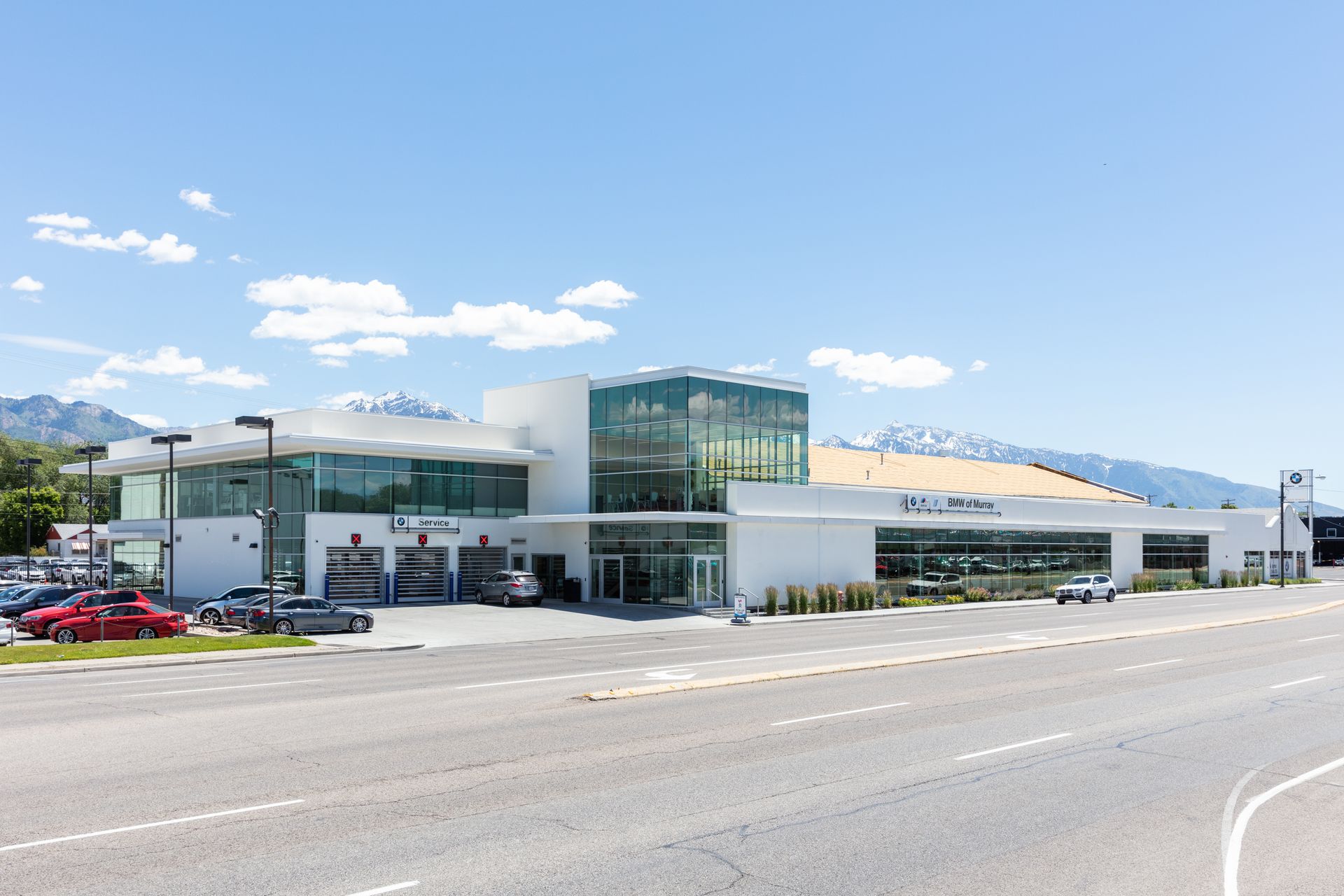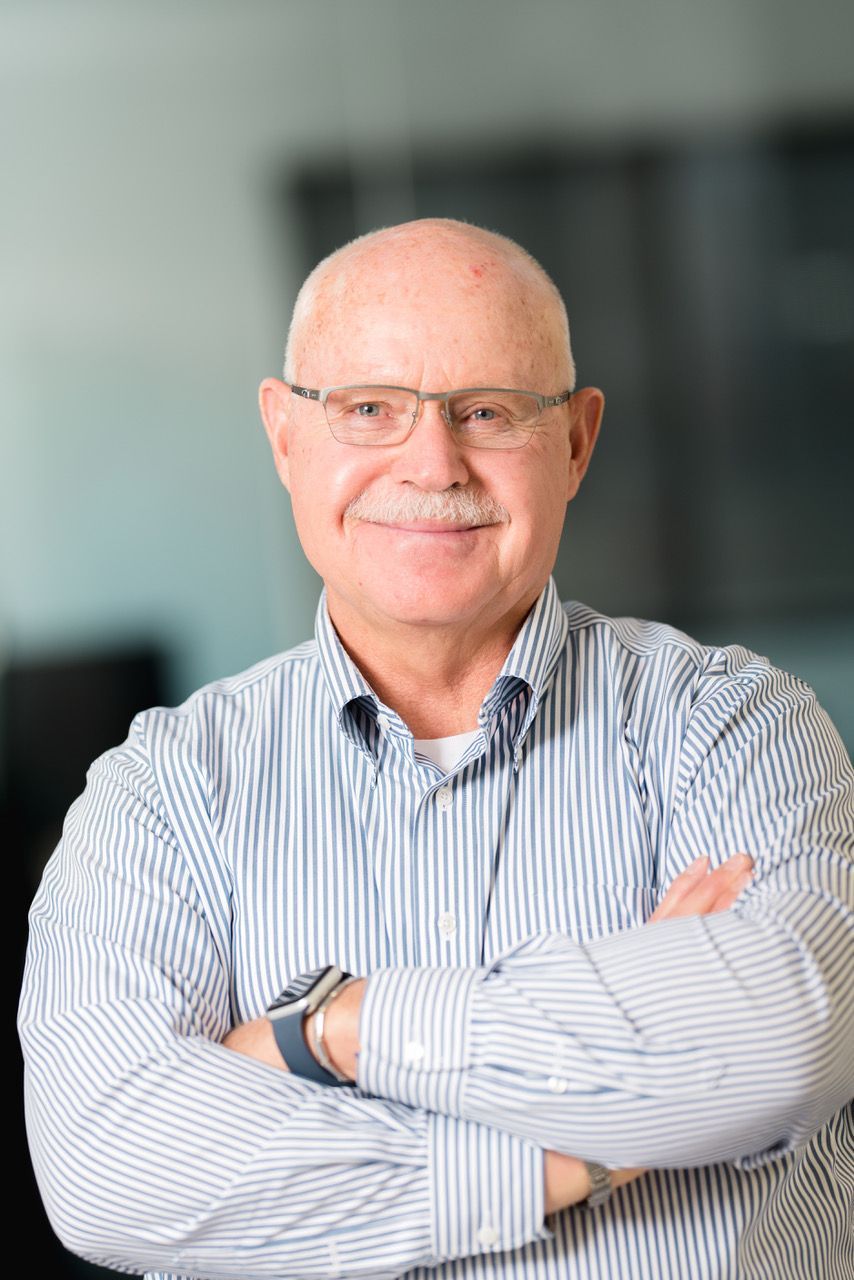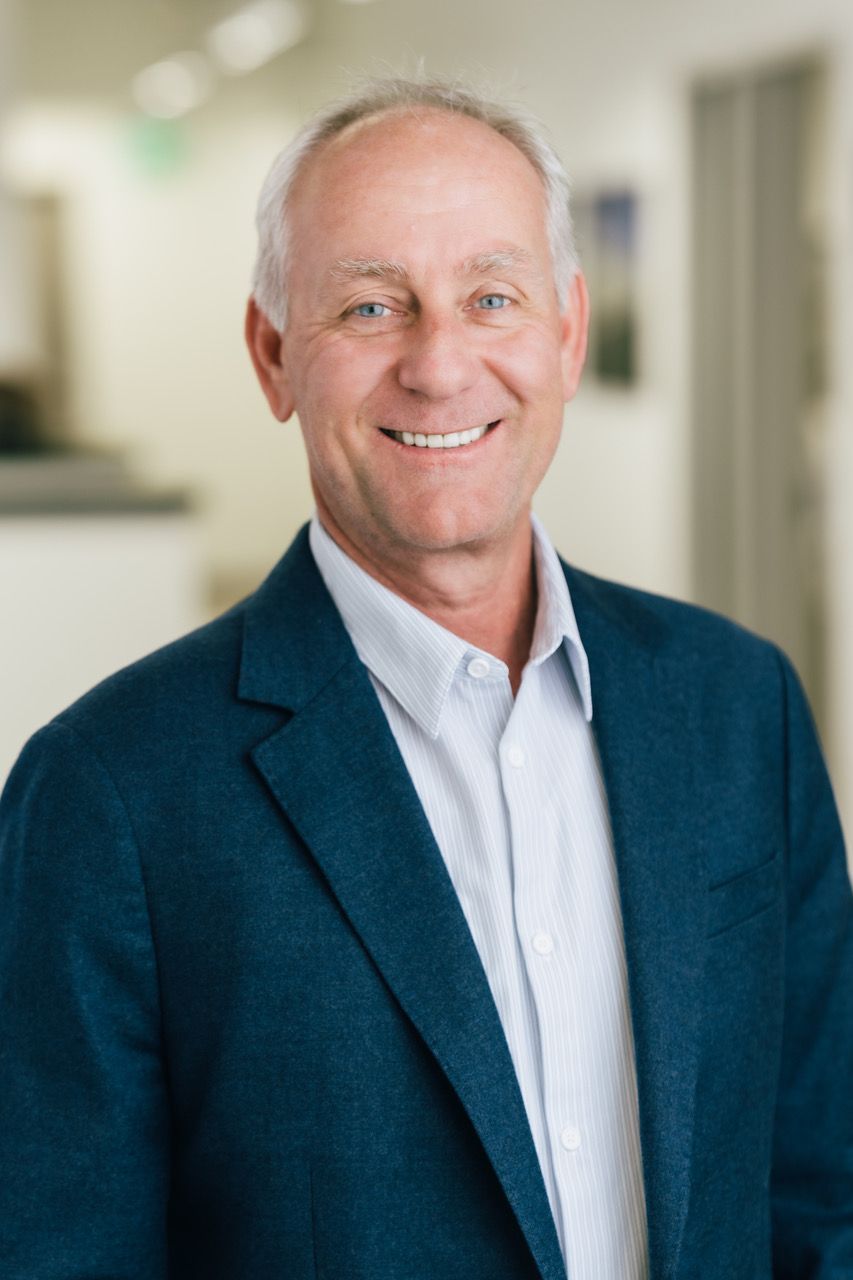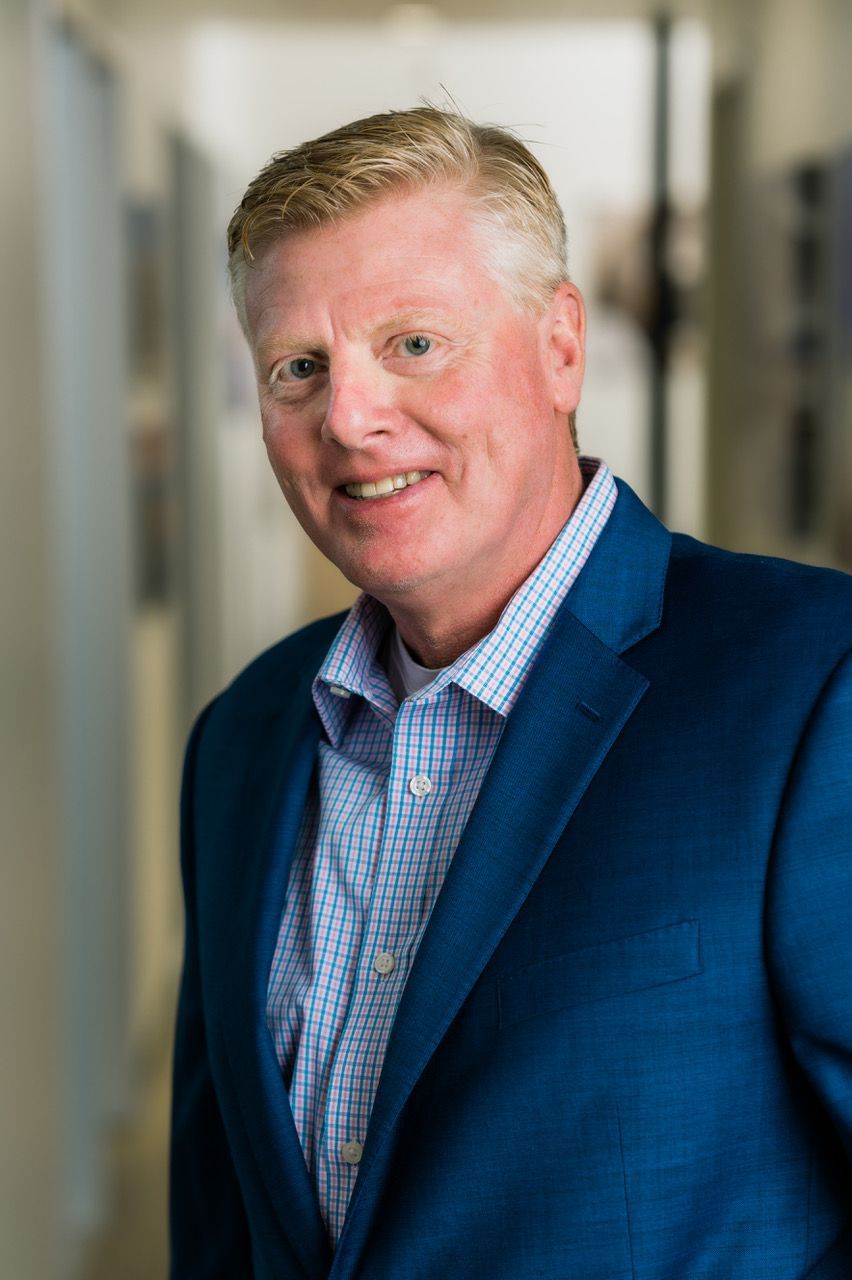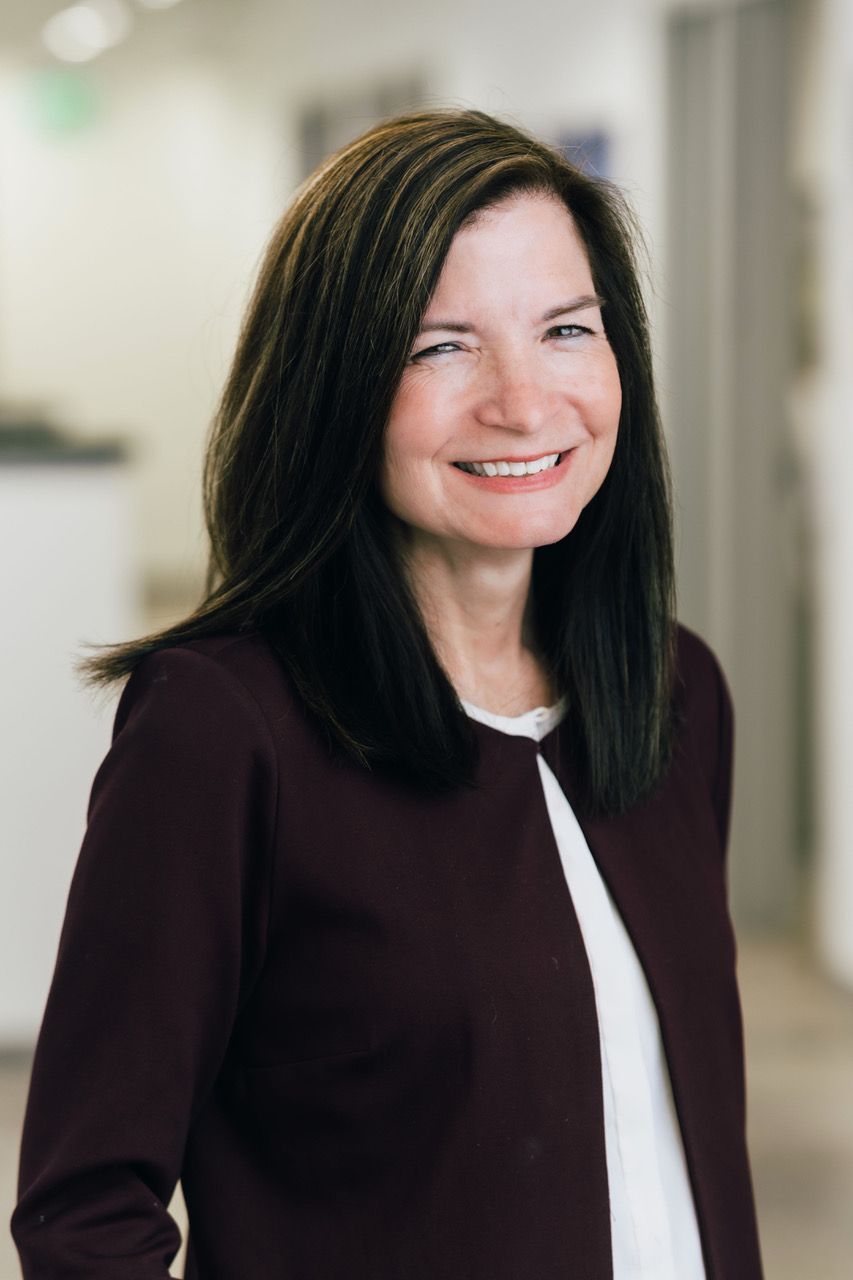From an inauspicious start 20 years ago, United Contractors has taken its “work anywhere” mentality to $100 million in revenues and a stellar backlog for the future. By Taylor Larsen
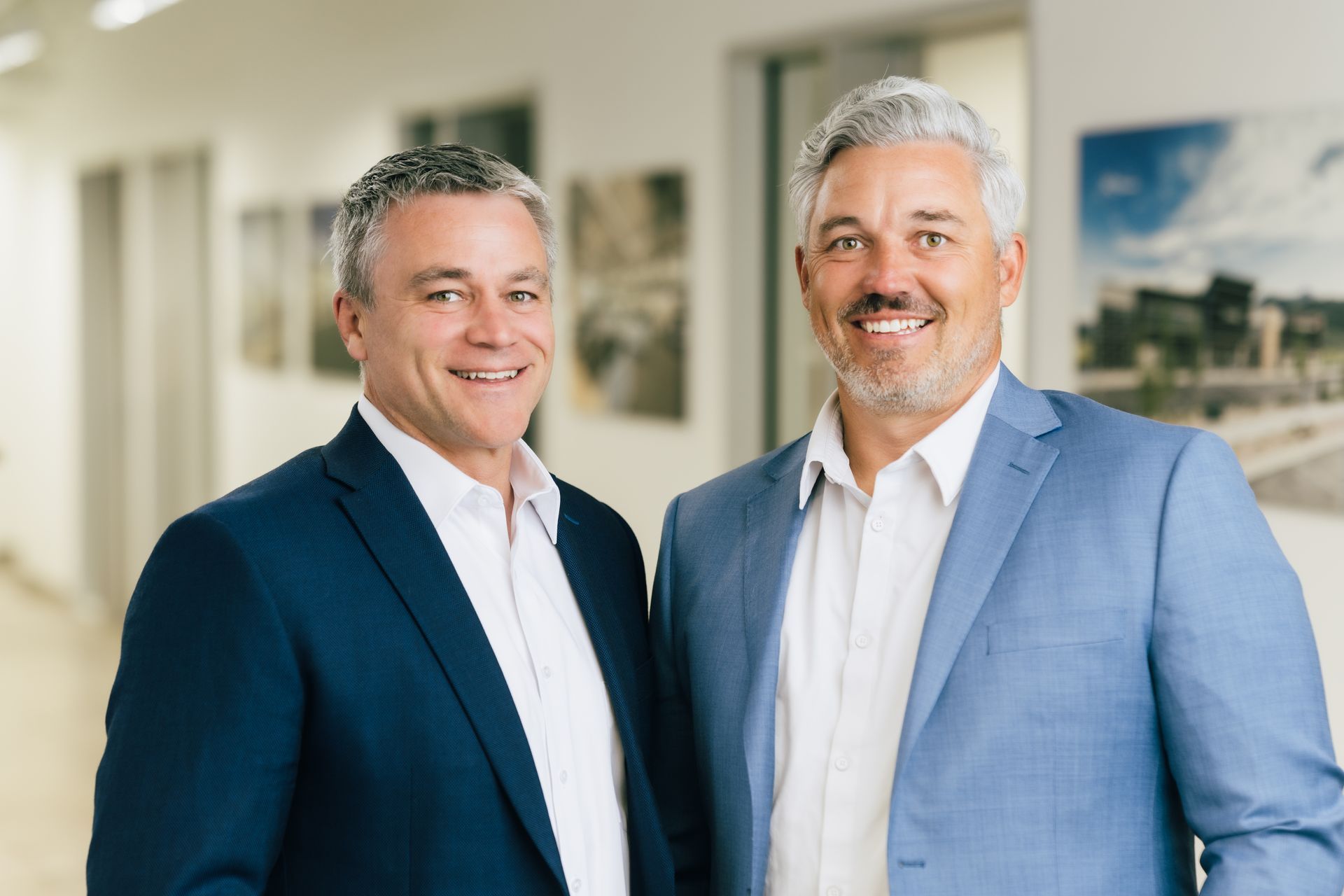
United Contractors has performed builds or renovations on over 100 automobile dealerships, covering brands like Bentley, Ferrari, Toyota, BMW, Lamborghini, and more. (photos courtesy United Contractors)
Automotive Construction Specialists
The love to build won them bids to perform general contracting duties on residential projects and light commercial work around Utah for the next five years. It was in 2009 when the team won its big break working with the late Bob Garff and the Ken Garff Corporation—Ken Garff Chevrolet/Cadillac of La Quina near Palm Springs. Their work turned into two more jobs in Orange County and led United to establish an office in Southern California in 2011. United has had the pleasure of working with Ken Garff Automotive as a trusted partner for the past 15 years.
It’s been an upward trajectory since becoming automotive specialists, building or renovating more than 100 automobile dealerships, which United executives said have been very rewarding to their team.
“They feel that the finished buildings are usually just as beautiful as the amazing cars sold in them, especially in the case of building the first, stand-alone Ferrari dealership in Utah. That project involved renovating a 100-year-old building—that was once the notorious Porter Rockwell’s horse stable—and turning it into a modern luxury car dealership.
That automotive construction tradition continues, with United under construction on two “Gen 5” Porsche dealerships—one in Lehi and one in Millcreek.
“It’s a big deal to bring these two beautiful buildings to the Wasatch front,” said Matt. "Utah is definitely on the map and the fact that we are getting two Porsche Dealerships simultaneously shows the strength of the economy. United is proud to be a part of this growth and excitement.”
Outside of the Wasatch Front, another notable client is Longo Toyota in El Monte, California, the highest sales volume Toyota and Lexus dealer in the world. United has been their preferred contractor for the past 10 years on multiple projects.
United Builds Outside of Automotive
The Menlove brothers said that, beyond automotive, their residential division constructs high-end homes across Utah and California and “honors our roots from our time as residential contractors.”
The company has been involved in plenty of work on the commercial side, too, with religious, restaurant, hospitality, senior living, office, retail, multi-family, and other project types rounding out the United portfolio.
Skullcandy’s building in Park City (now Summit County’s municipal headquarters), was another challenging project that brought a lot of joy. Matt described the daunting winter of 2016 and dirt issues that required the very best from the United Contractors team to deliver successfully in 2017.
Their work on the first tenant improvements for Recursion Pharmaceuticals in 2018 helped to bring the bioscience industry to downtown Salt Lake City. United worked with trade partners to transform the former Dick’s Sporting Goods big box store in Salt Lake’s Gateway Mall into a bioscience space.
“It is gratifying to work for great companies,” said Matt. “These companies became successful for a reason. As we work with them hand in hand we have learned about their histories and commitment to excellence. We have tried our best to understand their roots and what sets them apart from competitors, and then apply this knowledge to what we do.”
People Take Center Stage
The Menlove brothers are extremely complimentary to their team, with Marc saying, “The main reason we made it 20 years is due to you guys,” at the company celebration in early November.
“United will continue to be successful long into the future because we care about our team members,” Marc continued. “We want the best for them and they want the best for United.”
That mentality began with United’s core group, the Menlove brothers said, a group that “has shaped the company for over a decade.” This group starts with 14-year company veteran Richard Nordfors, General Superintendent, whose career before United was stellar and included constructing the original Delta Center.
In recent years, United recruited Rick Thomson who serves as United’s COO. Rick Thompson has extensive experience in both commercial construction and the automotive industry.
Jim Jaquette and Jason Robichaud are both 10-year employees and Vice Presidents overseeing operations in California and Utah, respectively. Both have dedicated themselves to performing at the highest level, helping United Contractors remain competitive in both states.
United has two long-tenured women on its executive team. Melissa Wallentine is a Project Executive who manages numerous projects and Lisa Ridges is the Chief People Officer, tasked with finding talented team members and heading up human resources efforts for the company.
Tyler Richards, CFO, has been a member of the team for a decade and has helped steward the great work done by teammates into financial growth with accurate projections and forecasts. United Contractors is projected to have its best year ever—over $100 million in revenue by the end of 2024—with 2025 promising to be even better.
Future of United Contractors
On a walkthrough of the United office, Matt pointed out the vision, mission, values, and promise of United Contractors and how that has been a major differentiator and created buy-in across the company.
“Adopting ‘Our Promise’ has really brought our team together,” said Matt. “It is amazing how by seeking to all live and model winning behaviors, it feeds positivity and success.”
The winning behaviors outlined in “Our Promise” consist of seven traits United wants from team members, from simple things like being on time and looking people in the eye, to more involved winning behaviors like taking ownership of work and being unafraid of having hard conversations about quality and improvement.
“We have posted all of our ethos on each of our projects. All team members from the top down are required to live up to these standards and we hold each other accountable to them,” said Matt. It has been an investment that is paying off in spades, he said, “as a company, we are winning!”
As United is licensed in nine western states, the Menlove brothers spoke of plans to open additional offices in Northern California and Phoenix where they are currently working, and more projects starting in the near future.
Even as owners, the Menlove brothers see themselves as team members ready to get any job done—occasionally covering for their superintendents on vacation.
“I love being on-site with my team and slugging it out in the trenches—doing the impossible and winning,” Matt said. Leadership starts at the top, but is a trait every United team member has.
“I am most proud of the teams and personal growth built, individual by individual,” said Matt, noting that construction is a challenging, but rewarding training ground to build lasting personal growth. “The buildings are cool, but they will not last forever. However, personal growth is something that will outlast the ages. We are proud of who we are all becoming together.”
As United continues, like Matt says, “building on a promise,” the firm will be building united teams, great projects, and even better people.
